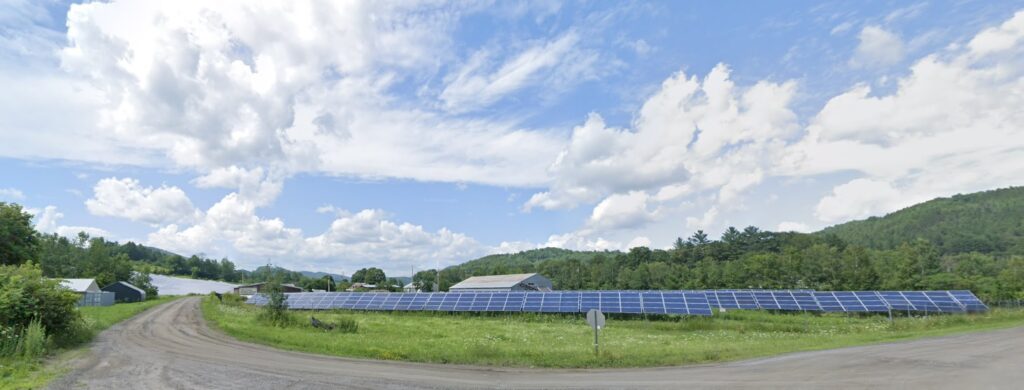
Do you have land you’re not using? Leasing 40-50 acres of land for utility-scale solar development offers landowners a unique opportunity to generate a stable, long-term income without the risks and uncertainties associated with traditional farming or other land use practices. By partnering with a solar developer, landowners can secure a steady stream of lease payments, often indexed to inflation, ensuring a reliable revenue source for decades. This arrangement provides financial predictability and peace of mind, especially in areas where agricultural yields or other land-dependent income sources can be affected by fluctuating market conditions, climate change, or other external factors.
Beyond financial benefits, leasing land for solar development allows landowners to contribute positively to environmental sustainability and the transition to renewable energy. Solar farms produce clean energy that helps reduce greenhouse gas emissions and reliance on fossil fuels, supporting broader environmental and community goals. This environmentally friendly land use can enhance the landowner’s reputation as a steward of the land, fostering goodwill within the community and potentially qualifying for various tax incentives or benefits associated with sustainable practices. By transforming their land into a hub for renewable energy, landowners can play a crucial role in promoting a greener future while reaping the economic rewards of a stable and profitable lease agreement.
Responsible utility-scale solar development on agricultural land offers a pragmatic solution to the dual challenges of increasing renewable energy capacity and enhancing the economic stability of rural communities. By leasing or converting portions of farmland to solar installations, landowners can secure a reliable and substantial income stream, often surpassing the profits from traditional farming, especially in areas with marginal or low-yield soils. This financial boost can support farmers in maintaining their operations, investing in modern agricultural techniques, or diversifying their income sources, thus fostering economic resilience and sustainability within agricultural communities.
Furthermore, integrating solar energy with agriculture, known as agrivoltaics, can enhance land use efficiency and provide environmental benefits. Solar panels can create microclimates that reduce water evaporation and protect crops from extreme weather conditions, potentially increasing agricultural productivity. The dual use of land for both energy production and agriculture can promote biodiversity, improve soil health through reduced pesticide and fertilizer runoff, and contribute to carbon sequestration. By thoughtfully designing solar installations to coexist with farming activities, we can harness the land’s full potential, advancing renewable energy goals while supporting sustainable agricultural practices and strengthening the rural economy.
Ask about the specific criteria required to participate in this program.

